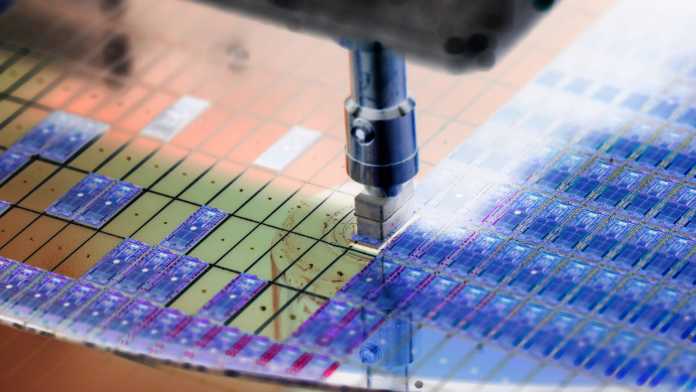Samsung could start testing mass production on next generation 3 nm node already this weekaccording to the South Korean tech magazine The Elec. The news comes just hours after Arm’s presentation of the new CPU and GPU designs for mobile SoCs for 2023, which are likely to be among the first products to be mass-produced. Not the first ever, however: apparently the first customer will be a Chinese company, called PanSemi, which is involved in making hardware for the extraction of bitcoins.
The process will implement the GAA (Gate-All-Around) FET (Field Effect Transistor) technology: Basically, the insulating material for the current is distributed on four sides of the silicon semiconductor, while in the previous FinFET it was on three sides. Rumors dating back a couple of months said Samsung had even lower yield issues than the 4nm process, which was already very low – 35% versus TSMC’s 70% (one of the main reasons Qualcomm would switch to Samsung. to TSMC for Snapdragon 8 Plus Gen 1).
The source does not provide guidance on whether Samsung will resolve these issues, but adds an interesting detail: after switching to TSMC, Qualcomm hasn’t completely cut ties. In fact, he would have optioned a few orders already, just in case TSMC ran into trouble. The two giants would even have agreed that Qualcomm will be able to evaluate and view the progress of the plants when it wants. For context, it is good to remember that in the past Qualcomm had switched from TSMC to Samsung for similar problems – indeed, who was there and remembers the endless series of memes and jokes about the “hot spirits” of Snapdragon 810 could argue that at the time the situation was even more serious.
However, it will be interesting to see what TSMC is up to. The Taiwanese giant plans to inaugurate its 3nm process, simply called N3, by the end of 2022, therefore with an apparent chronological disadvantage compared to Samsung. By the way, it should not implement the GAA method itself, but the now well-established FinFET will further evolve: the technology will be called FinFlex, in which different transistor configurations will be available to better meet the specific needs of each implementation.













